How to choose the right sportswear fabric for you?
 2025-04-30
2025-04-30

 Sansansun
Sansansun
In the world of sports, choosing comfortable sportswear is not simple, because it is the "second skin" of your sports performance. The right fabric can not only enhance the sports experience but also protect your health. So, how to choose the one that best suits your needs from many fabrics? This article will reveal the secrets of sportswear fabric selection for you.
Choosing fabrics according to the type of sports
The fabric selection of sportswear should be closely related to the intensity of the sport and the environment. The demand for clothing varies greatly among different types of sports, and the characteristics of the fabric determine whether the clothing can meet the needs of the sport.

High-intensity sports: the pursuit of extreme perspiration and breathability
High-intensity sports such as running and fitness will cause the body to sweat a lot. At this time, fabrics with strong moisture wicking and good breathability have become the key. Polyester (polyester fiber) and nylon (nylon) are ideal choices for this type of sport. Nylon, an extremely durable, quick-drying, and elastic fabric, has better moisture absorption and dyeing properties than polyester. Its moisture absorption is outstanding among synthetic fibers, so it is more comfortable to wear and is also the darling of the current yoga clothing market. Polyester fiber is durable, wrinkle-resistant, and iron-free due to its high strength and elastic recovery ability. The sportswear made of it is light and easy to dry. It can quickly transfer sweat from the skin surface to the outer layer of the fabric and evaporate it, so that sweat no longer adheres to the body, avoiding discomfort and colds. For example, sportswear made of polyester fiber fabric can significantly show its moisture absorption and perspiration effect when running.
Outdoor sports: multifunctional protective fabrics are the key
The environment of outdoor sports such as mountaineering, hiking, and skiing is complex and changeable. In addition to moisture absorption and perspiration, and breathability, the fabric must also have windproof, waterproof, and wear-resistant properties. After special treatment, the assault jackets and pants made of polyester and nylon can easily withstand the harsh outdoor weather and provide you with all-around protection.
Indoor or low-intensity sports: Comfort and breathability are the first choice
Indoor or low-intensity sports such as yoga, Pilates, and walking require higher breathability and comfort of clothing. Fabrics such as pure cotton and knitted cotton are soft and skin-friendly, comfortable to wear, and have good breathability, which can keep the body dry and breathable. However, it should be noted that this type of fabric has relatively poor moisture absorption and perspiration, and is not suitable for high-intensity exercise.
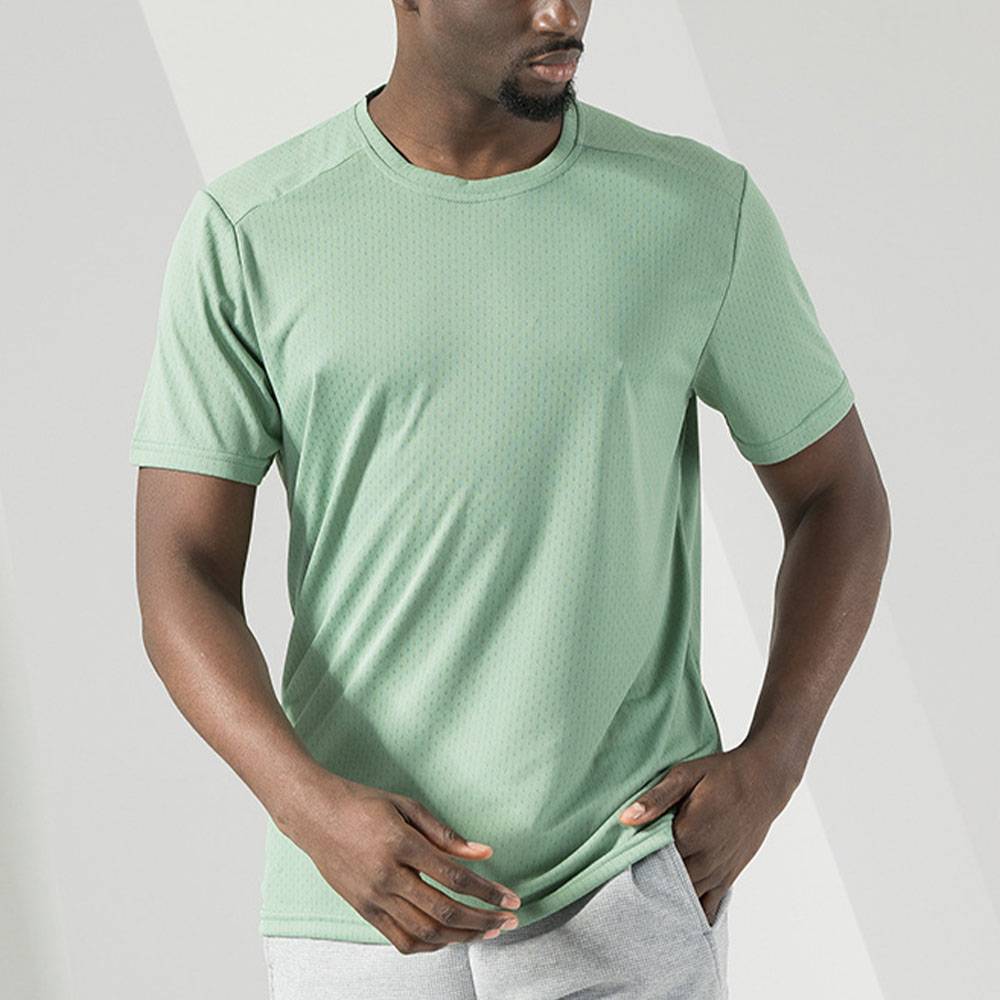
Adjust fabric selection based on environmental conditions
The weather conditions during exercise directly affect the applicability of the fabric. Different fabrics have their own advantages under different temperatures and weather conditions.
Hot weather: Looking for cool fabrics
In hot weather, breathable and light fabrics are the first choice. Ice silk fabric is a boon for summer sports. It has the characteristics of coolness, comfort, and quick drying. It has strong moisture absorption and perspiration ability, and can quickly absorb and guide sweat from the skin surface to keep it dry. Its texture is light and smooth, and it feels cool, allowing you to feel cool during summer sports.
Cold weather: Warmth and perspiration are equally important
In cold weather, wool fabric is an ideal choice. It has strong warmth retention, can absorb sweat, keep the skin dry, and is non-irritating to the skin, suitable for sensitive skin. Fleece fabric sportswear is also popular. It has good warmth retention and is comfortable to wear. It is suitable as a middle layer of warm clothing for outdoor sports in cold weather.
Windy or rainy weather: windproof and waterproof fabrics are essential
In windy or rainy weather, sportswear made of polyester or nylon fabrics with windproof and waterproof coatings or special weaving processes can effectively block wind and rain and keep the body dry and warm.
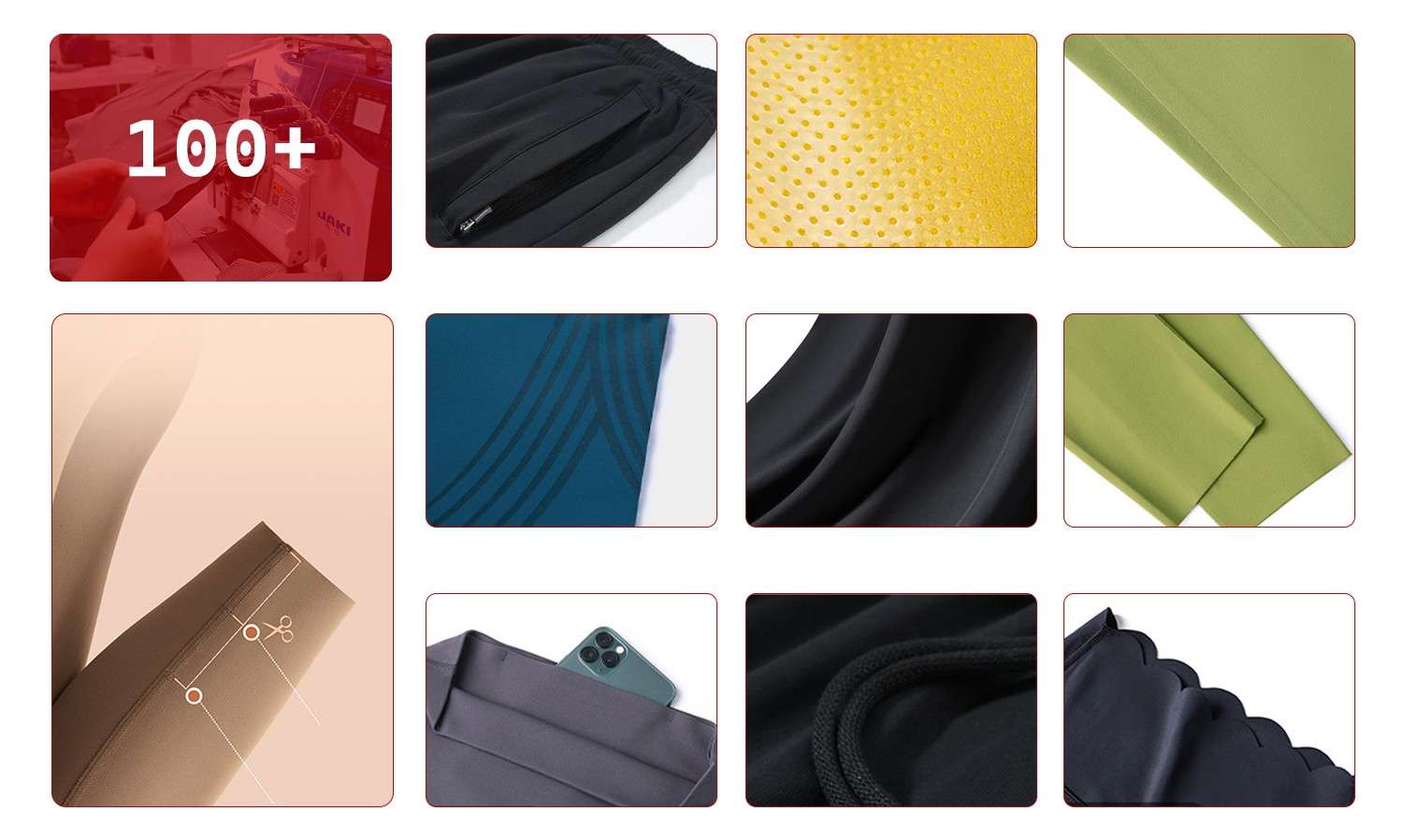
Customize fabrics according to brand needs and preferences
Understanding the needs and positioning of the brand can make sportswear more suitable for your brand and user needs.
Pursue elasticity and comfort
Elastic fibers such as spandex (Lycra) are the best choice for elasticity and comfort. Lycra can stretch up to 500% and can return to its original shape, making it ideal for compression sportswear and fitness leggings. It can provide more freedom of movement and unrestricted movements, while giving muscles some support to reduce muscle strain and fatigue. However, Lycra cannot be used alone and needs to be interwoven with other artificial or natural fibers.
Choosing the right sportswear fabric is a science that is related to the comfort, performance, and health of sports. By considering the type of sports, environmental conditions, personal needs and preferences, and combining the characteristics of common fabrics, you can find the most suitable sportswear fabric for you, allowing you to sweat as much as you want in the world of sports and enjoy the infinite fun brought by sports.

 Inquire(
Inquire(
 HOME
HOME How To Respond To New Tariffs In 2025: A Guide For Apparel Brands
How To Respond To New Tariffs In 2025: A Guide For Apparel Brands  You May Also Like
You May Also Like
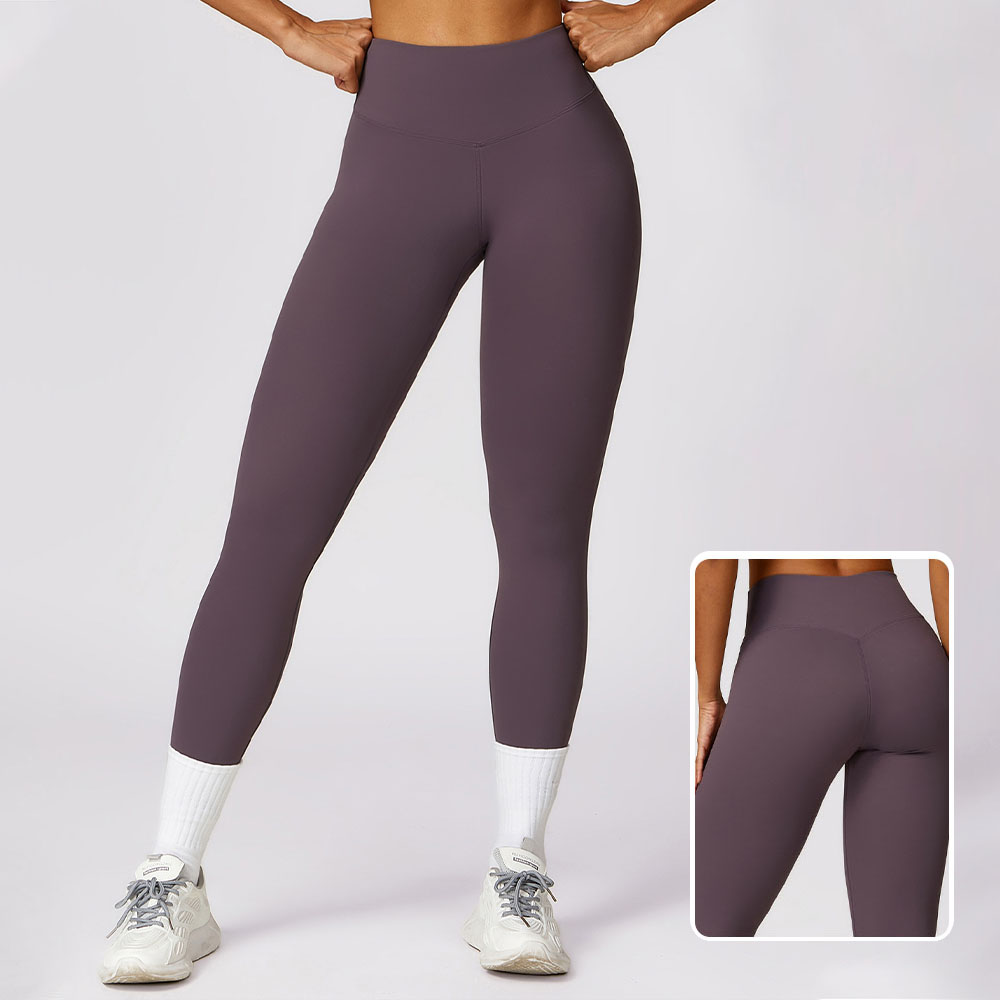

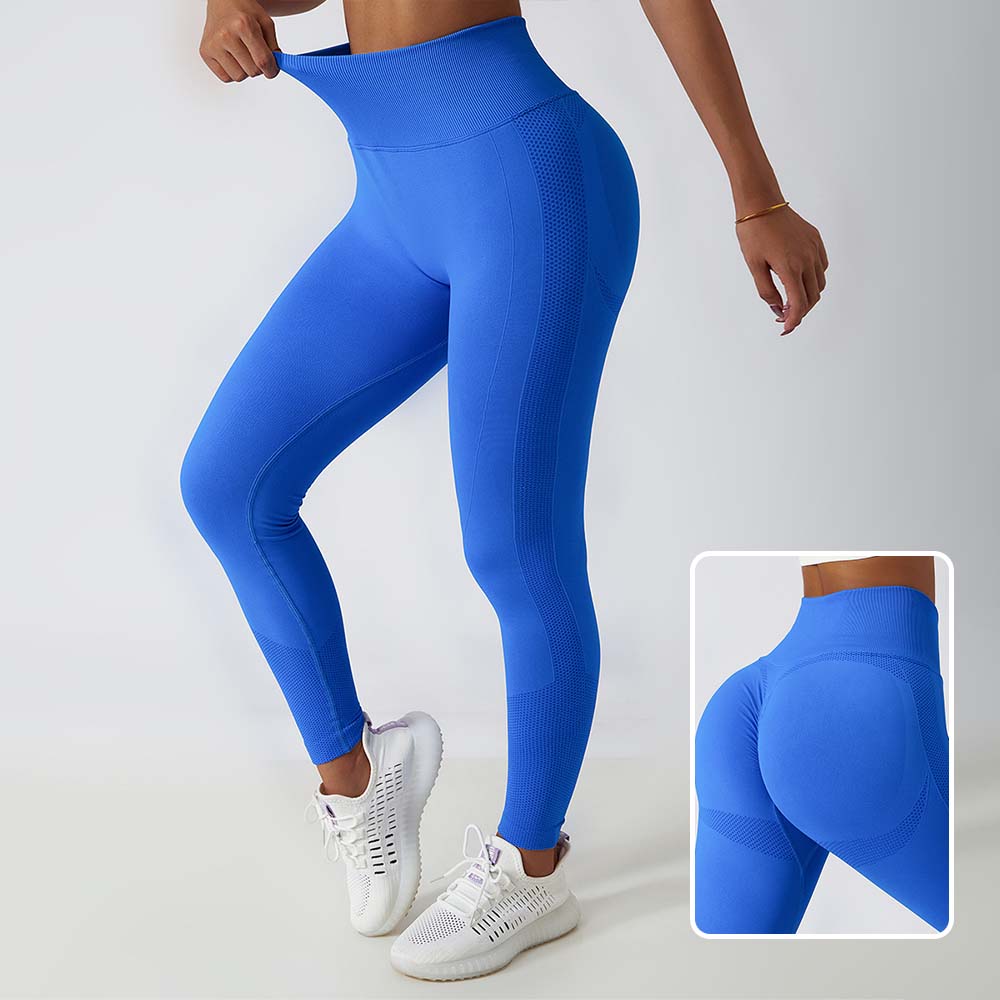
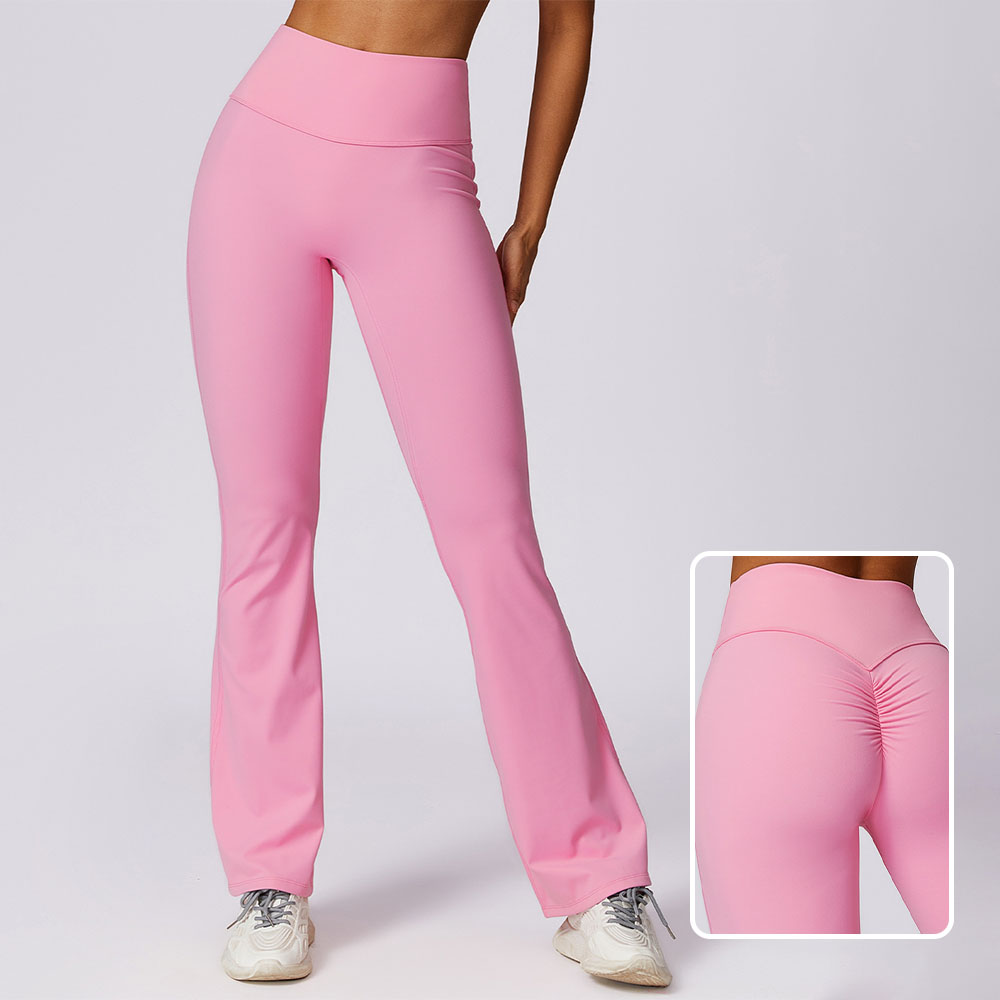
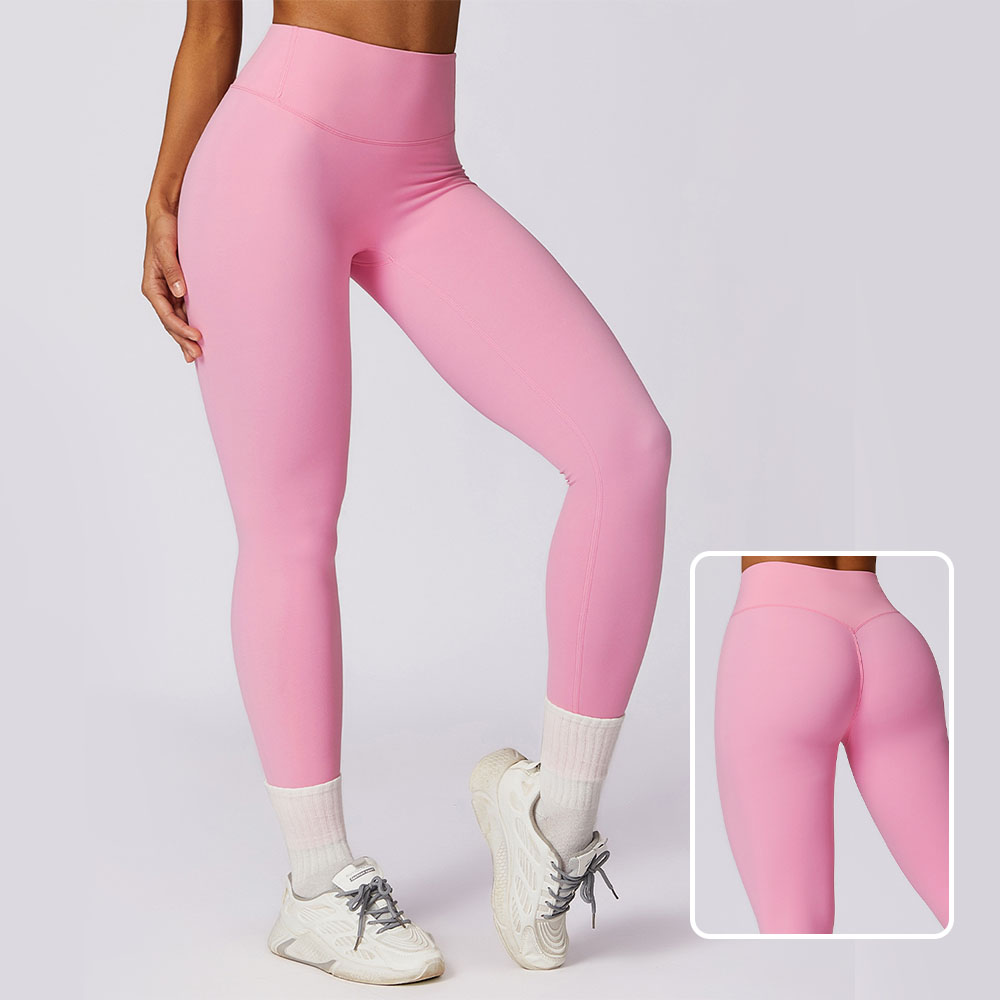
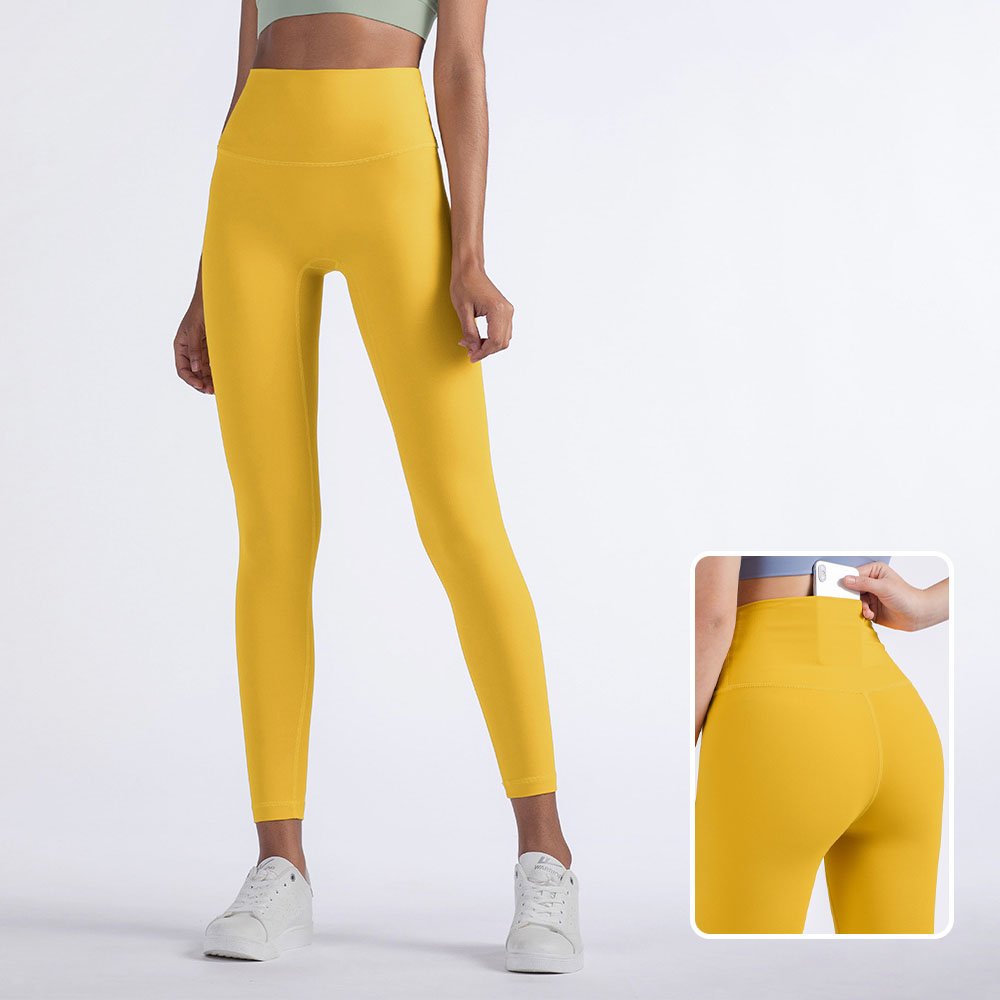
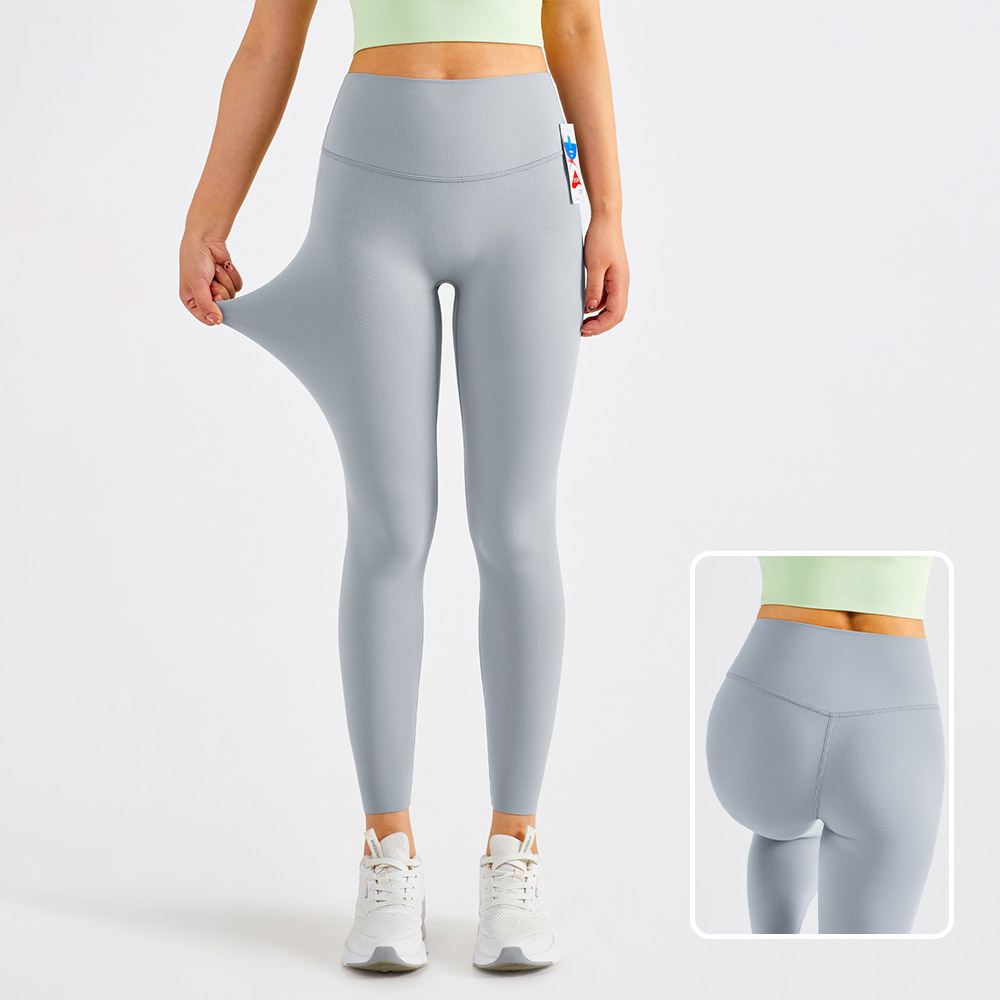
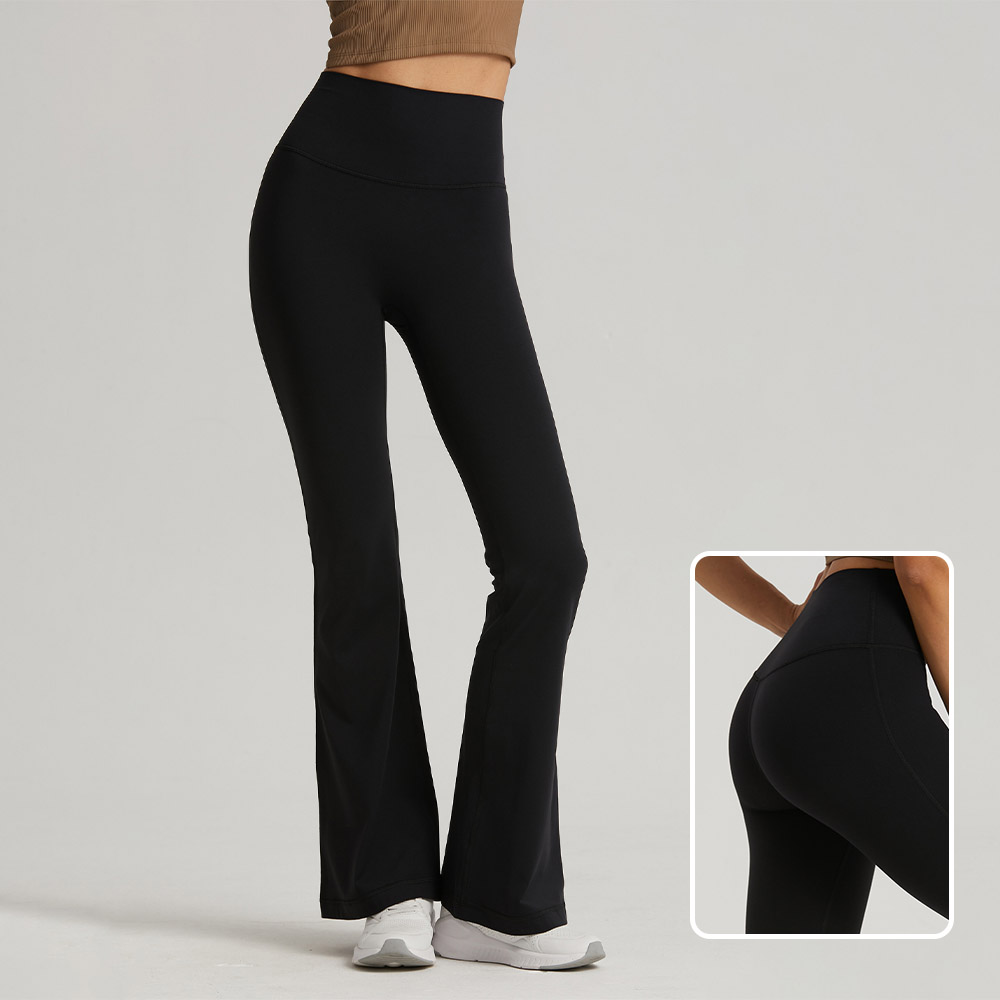
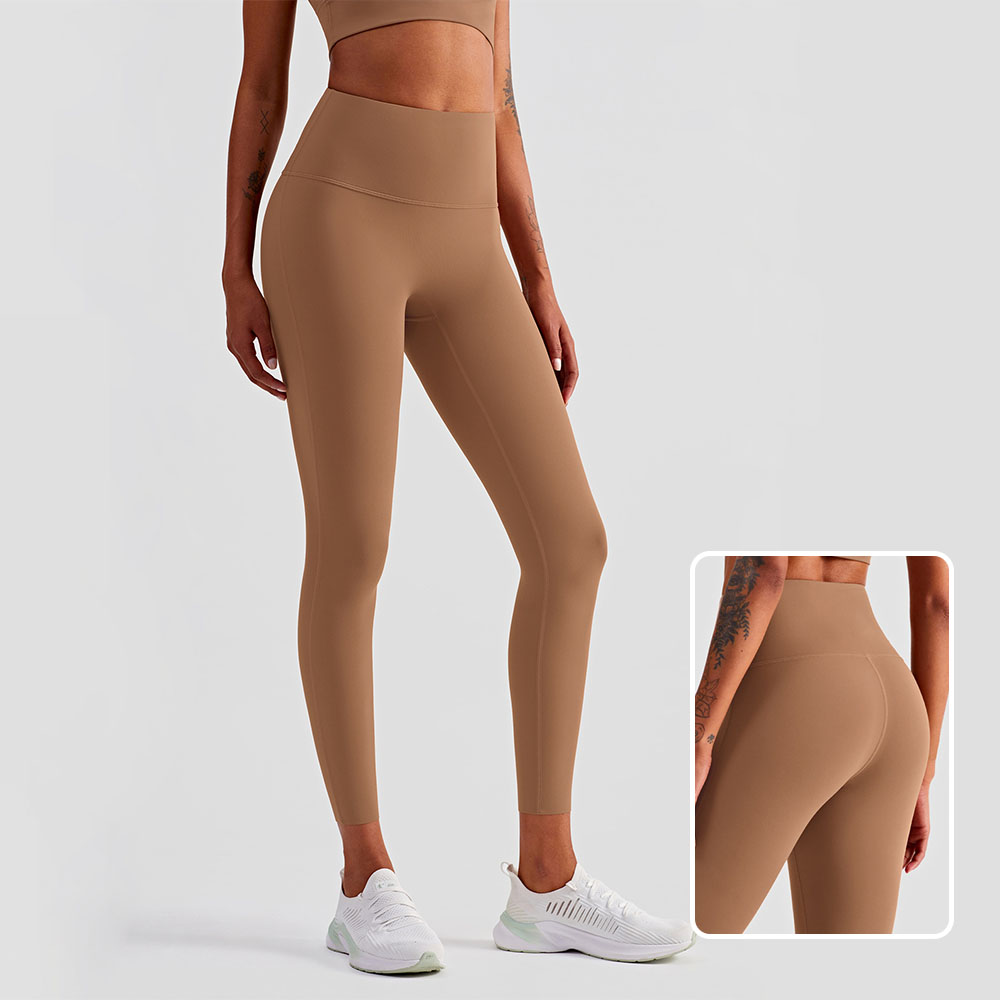
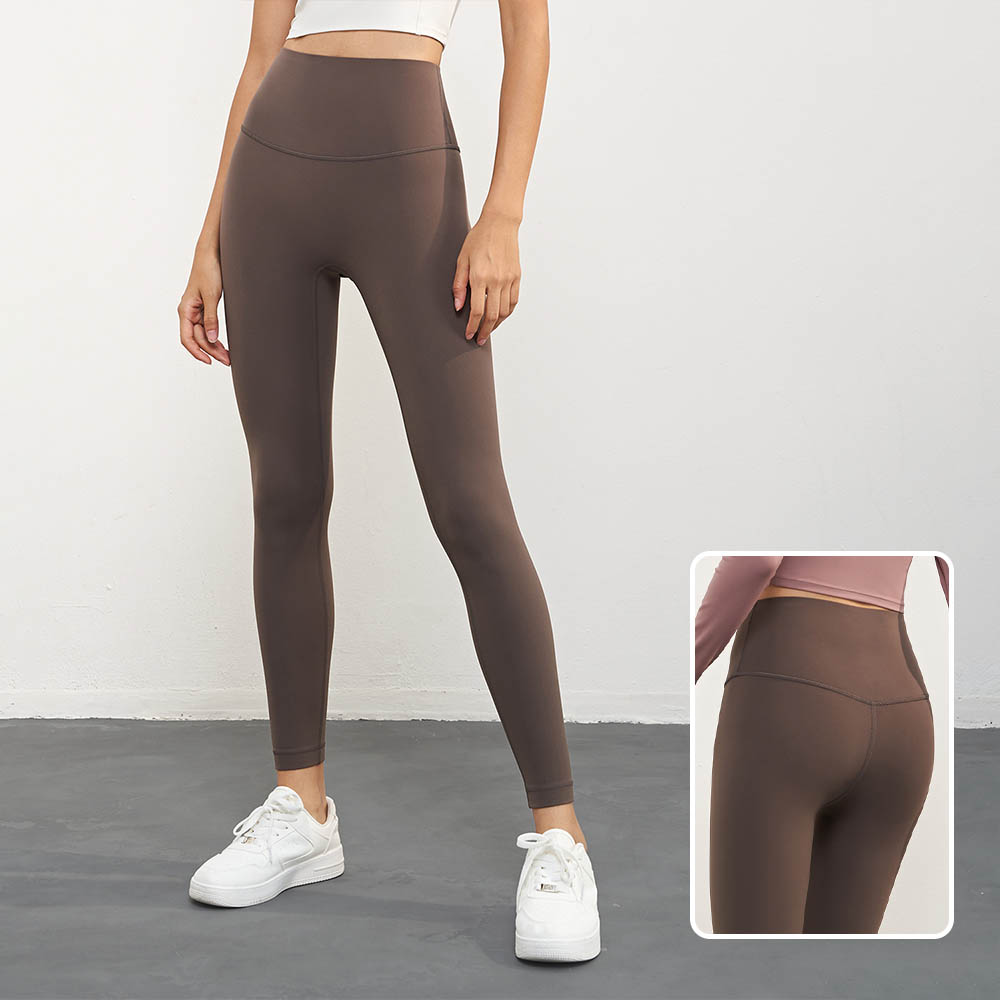
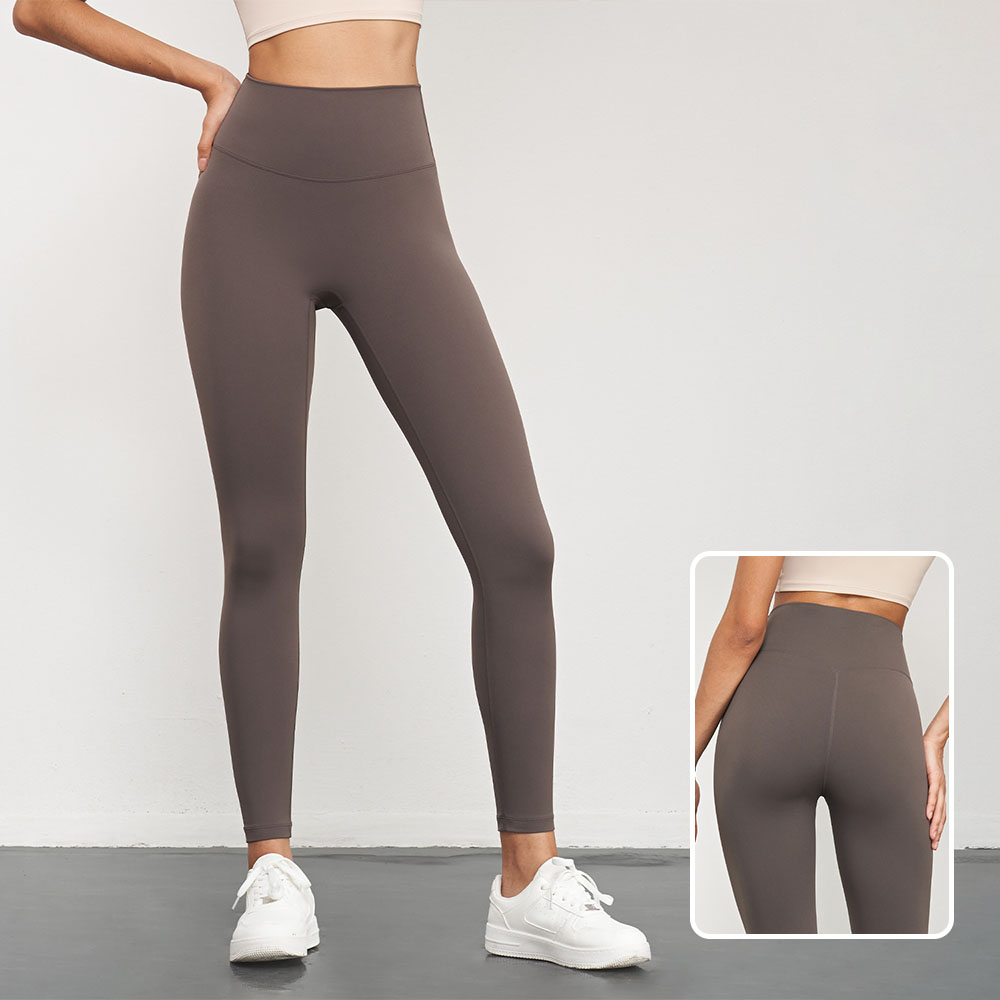
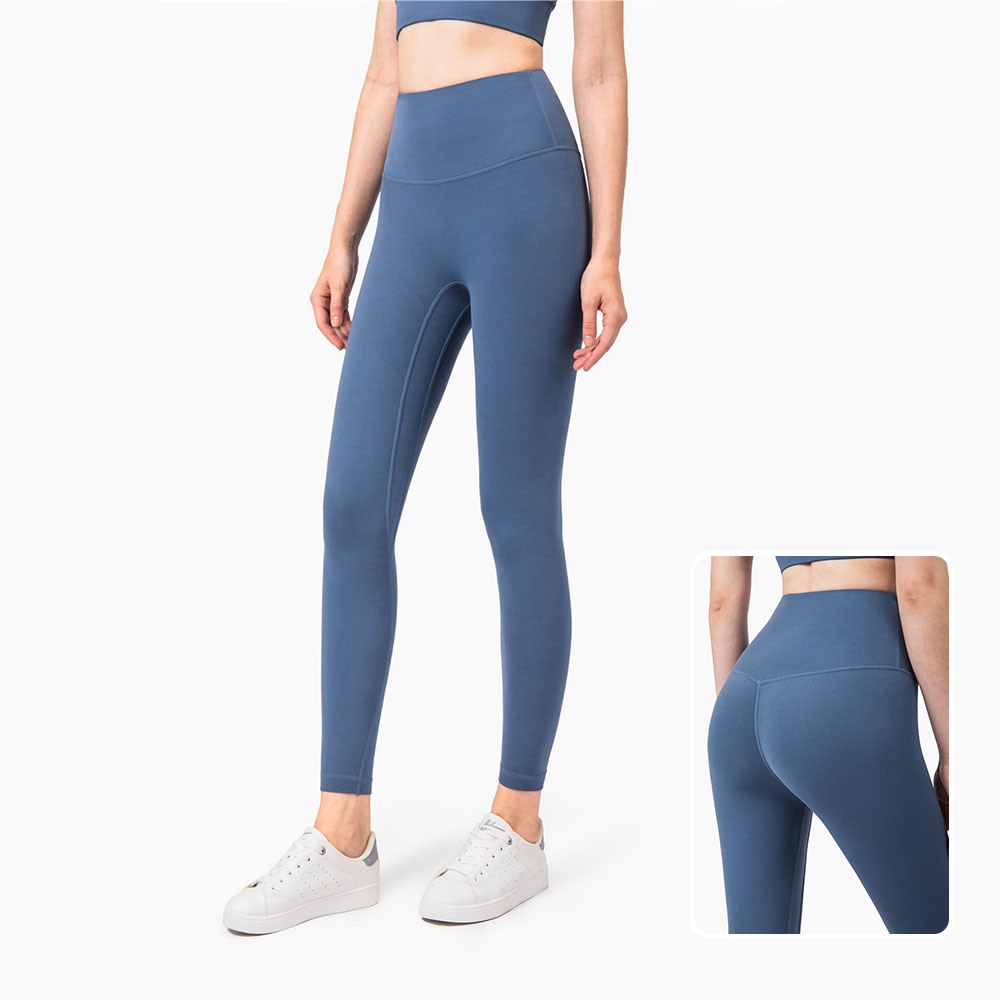
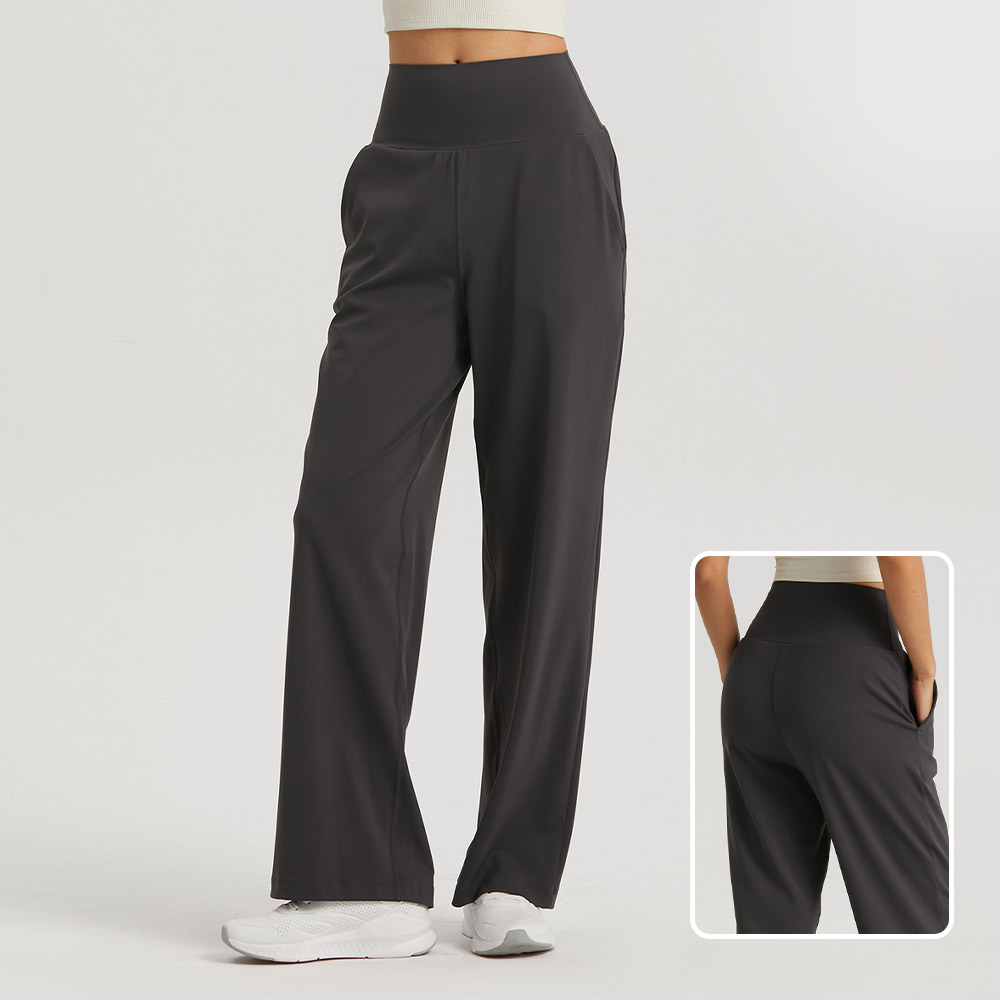
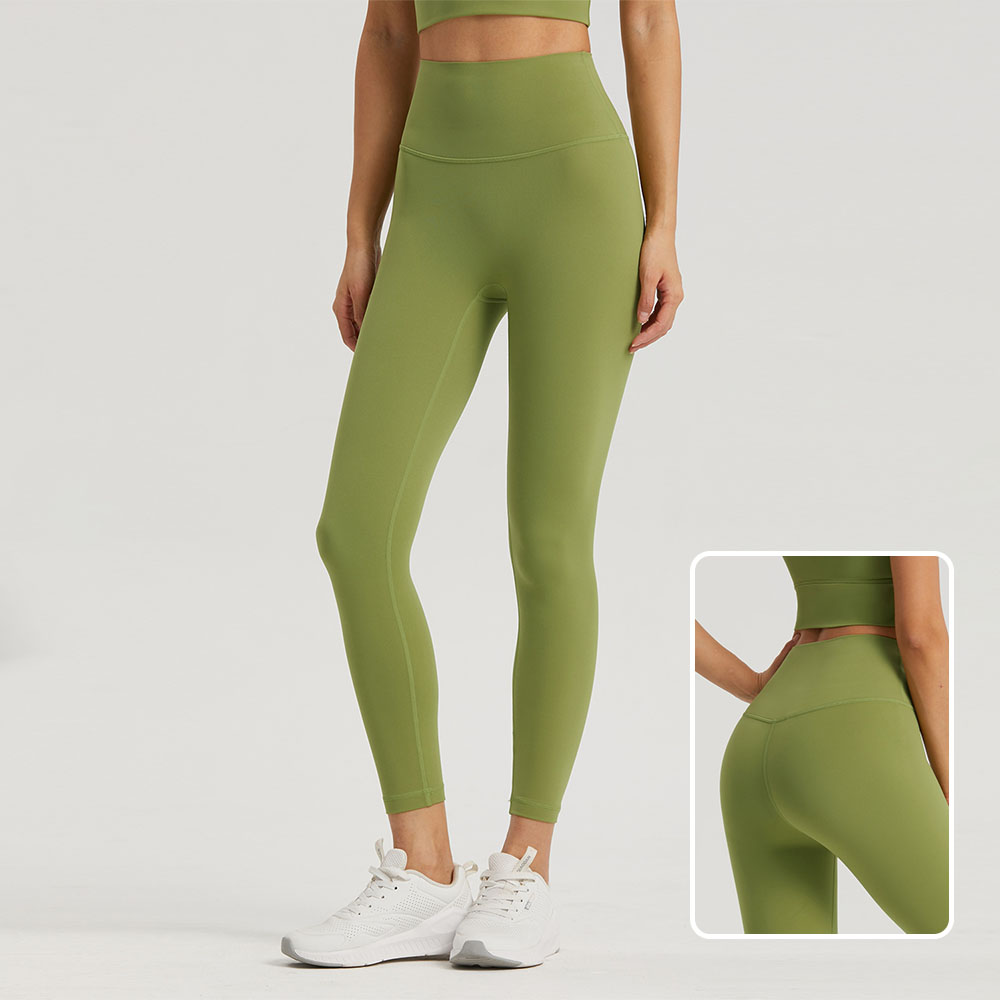
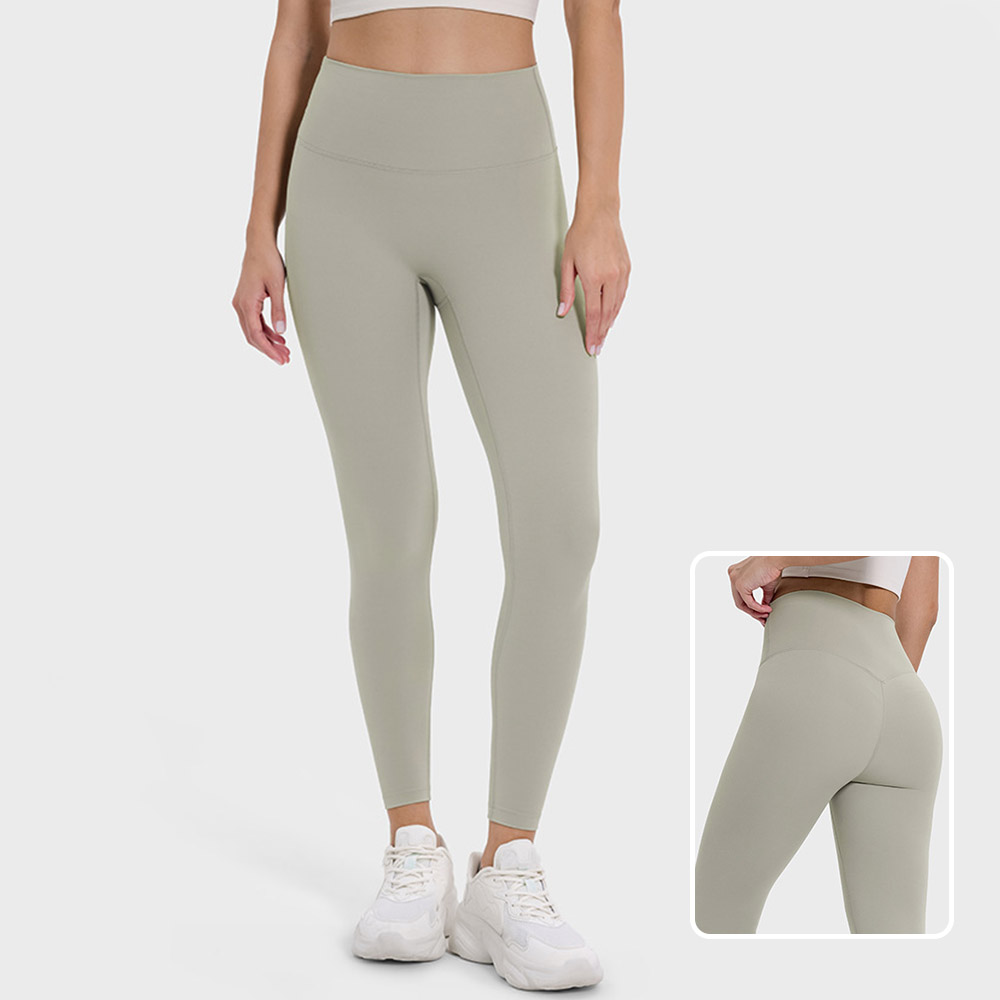
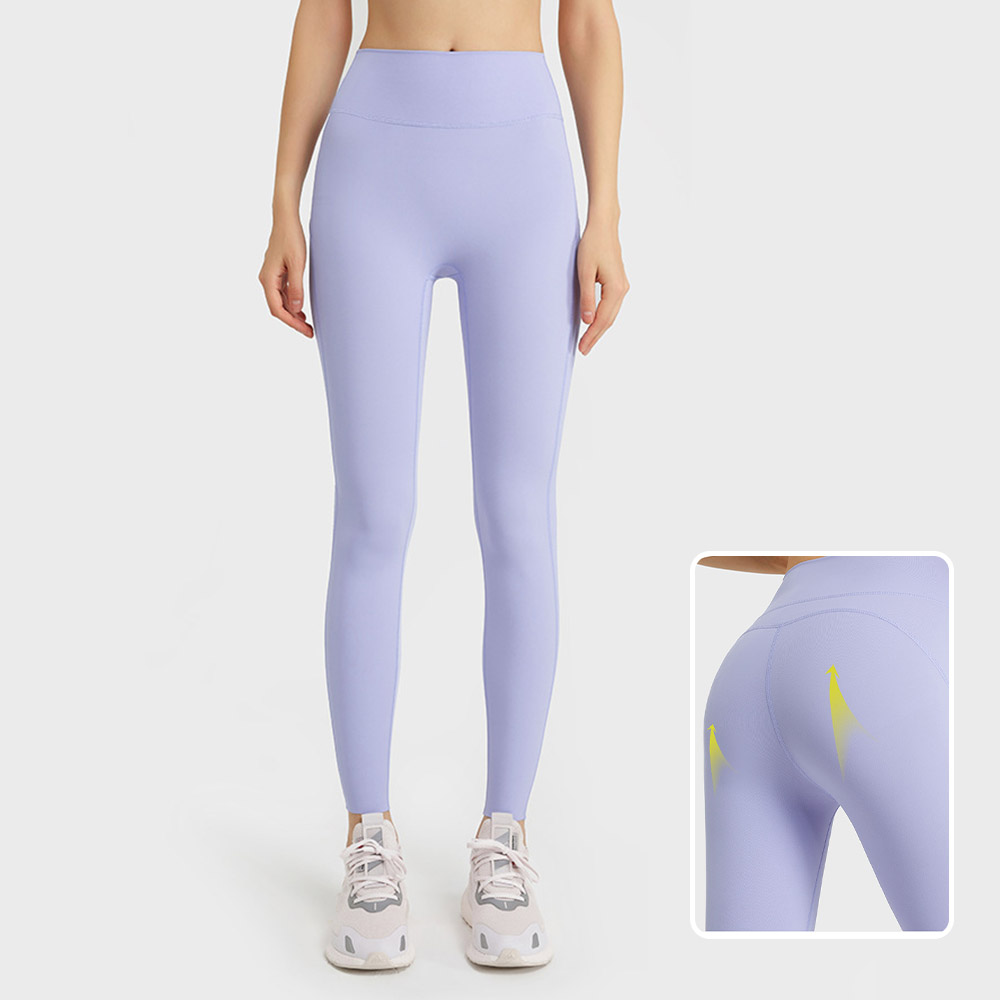
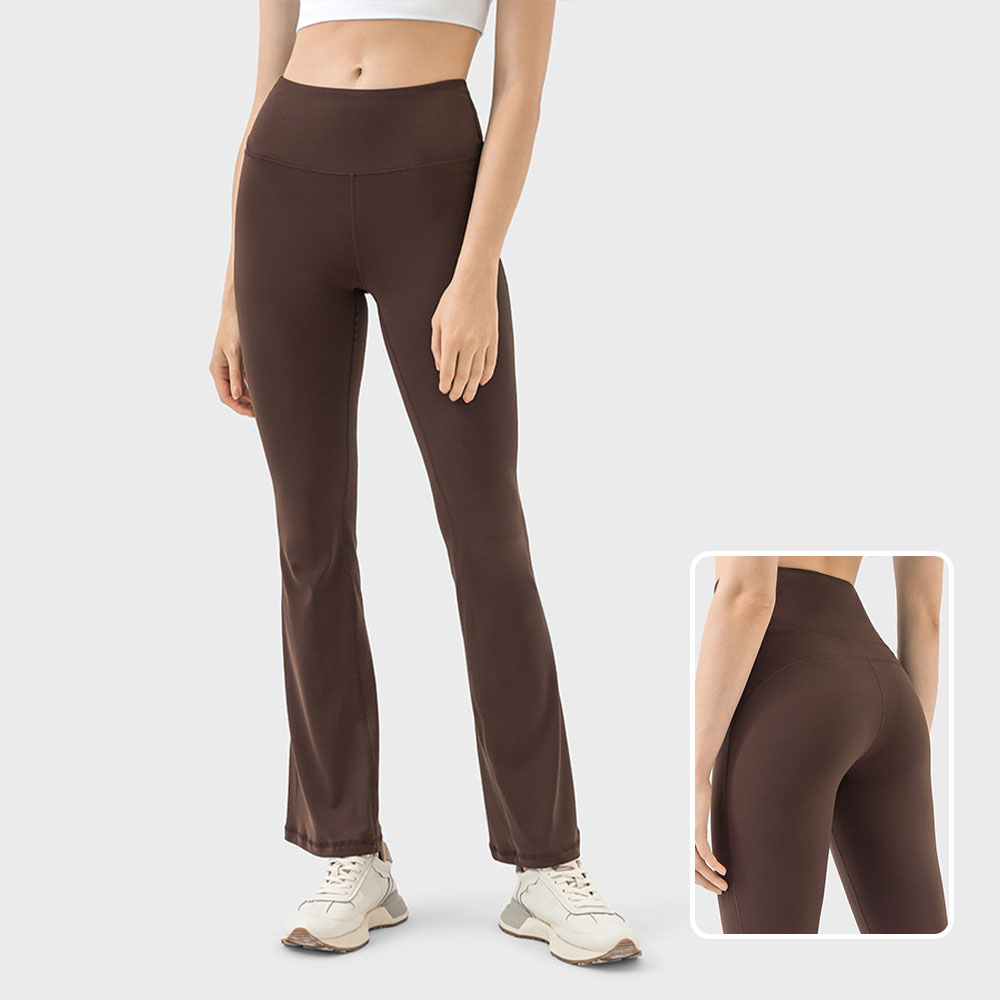
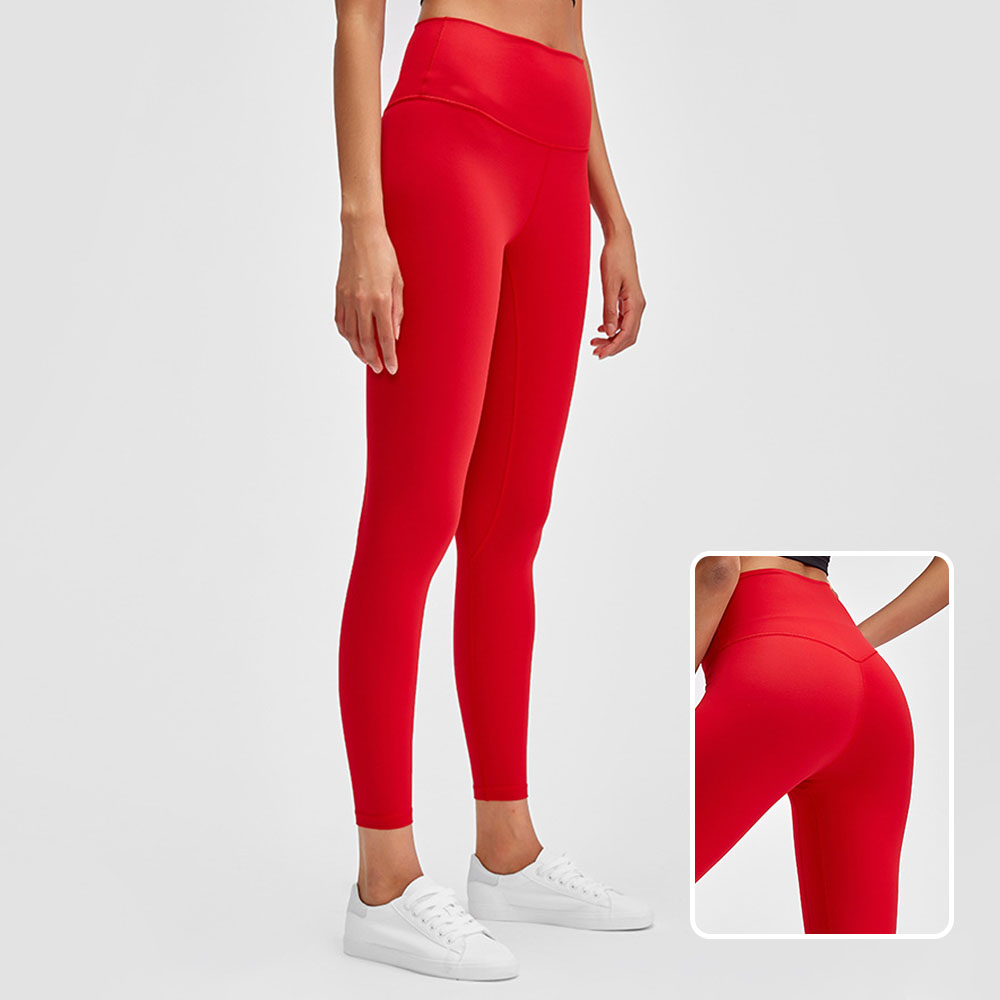
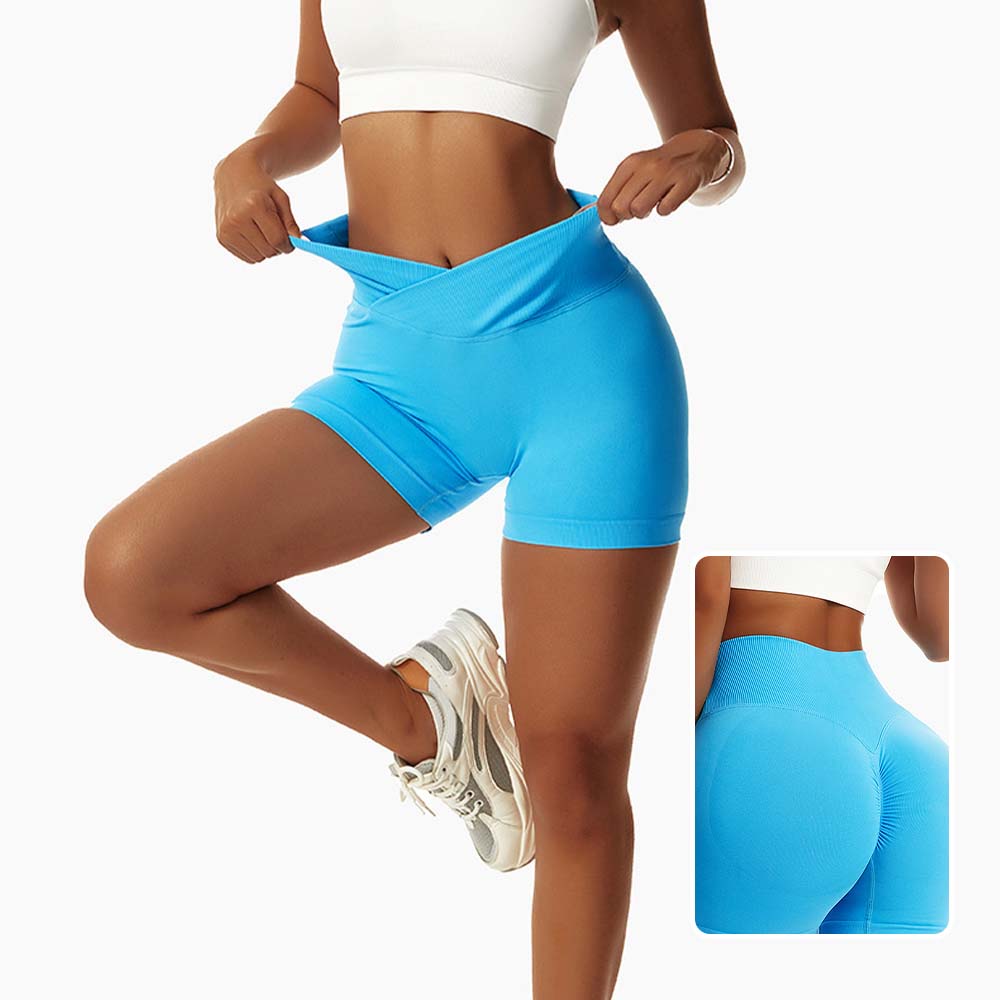
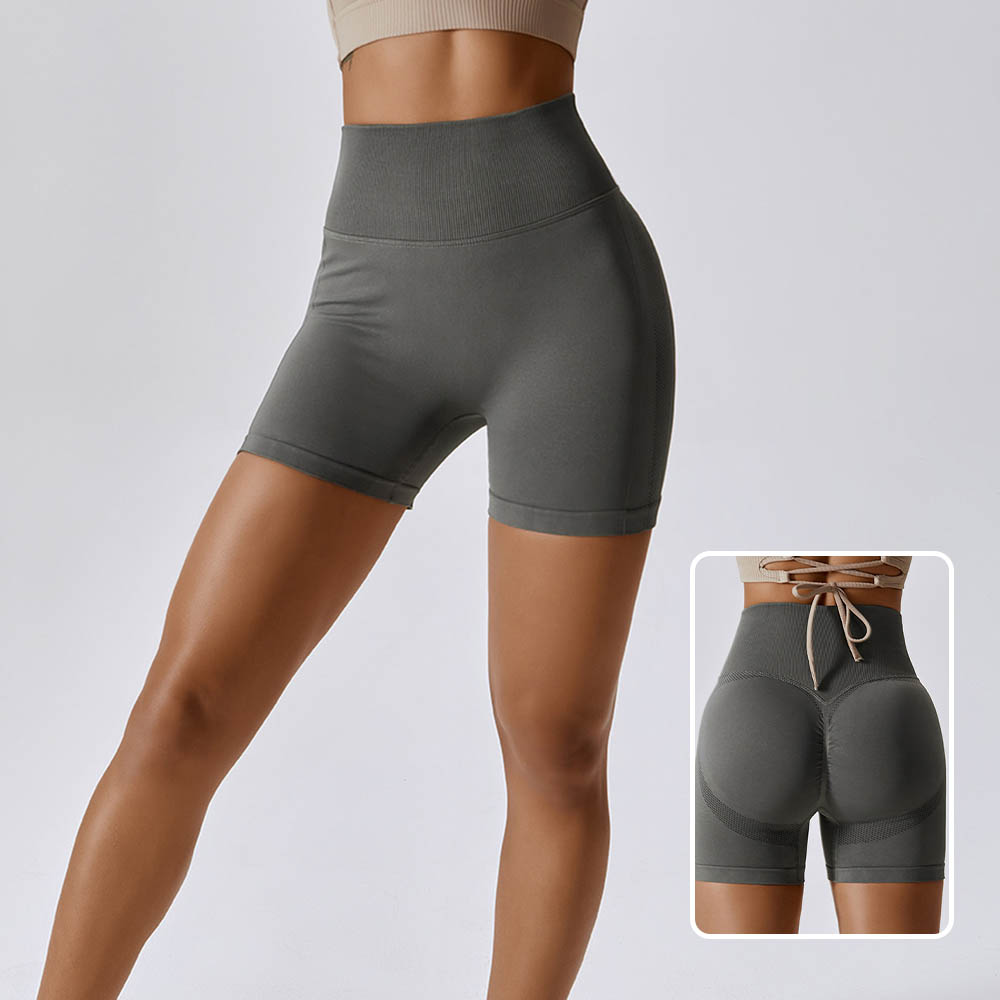
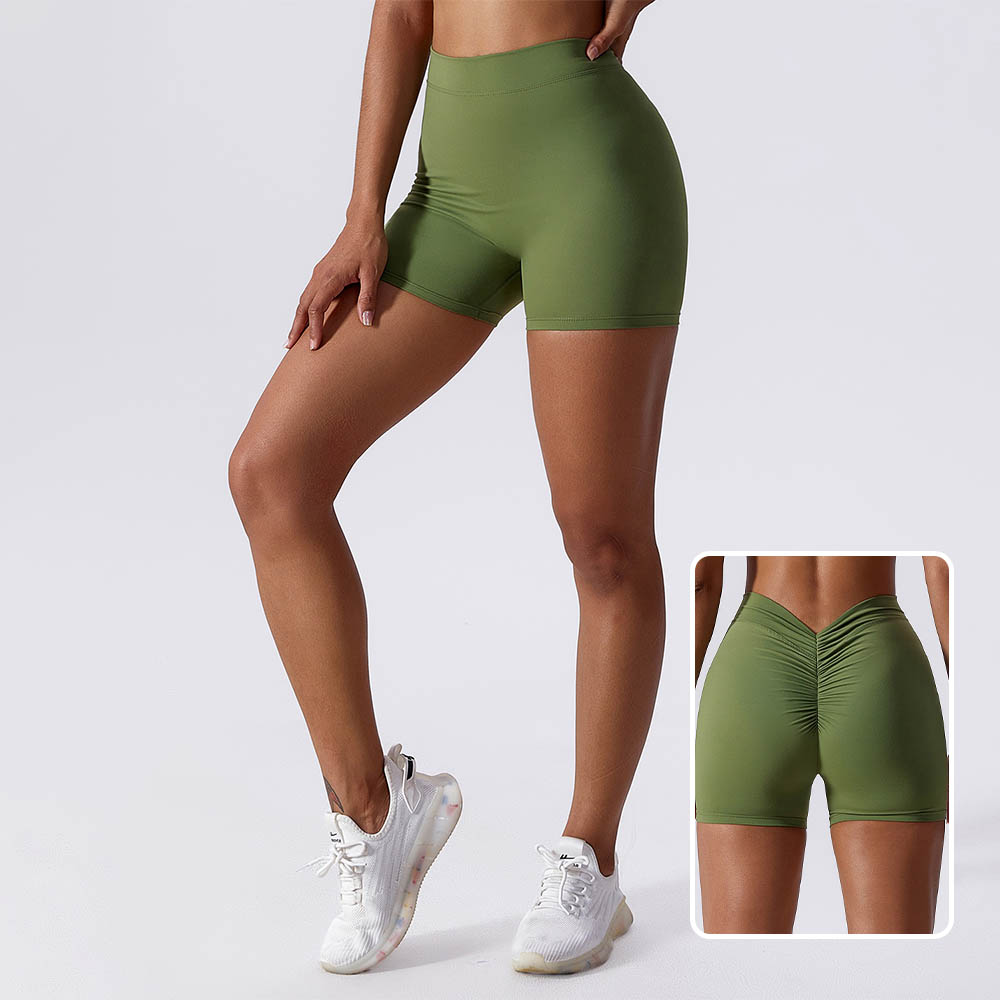

 Tel
Tel
 WhatsApp
WhatsApp
 Email
Email
 Address
Address






